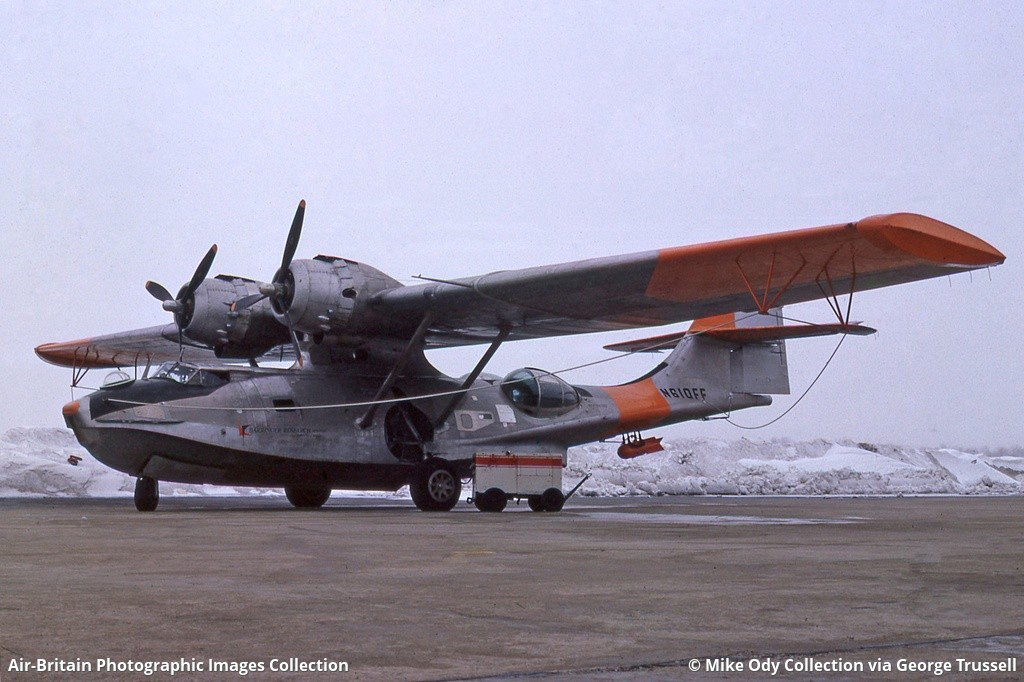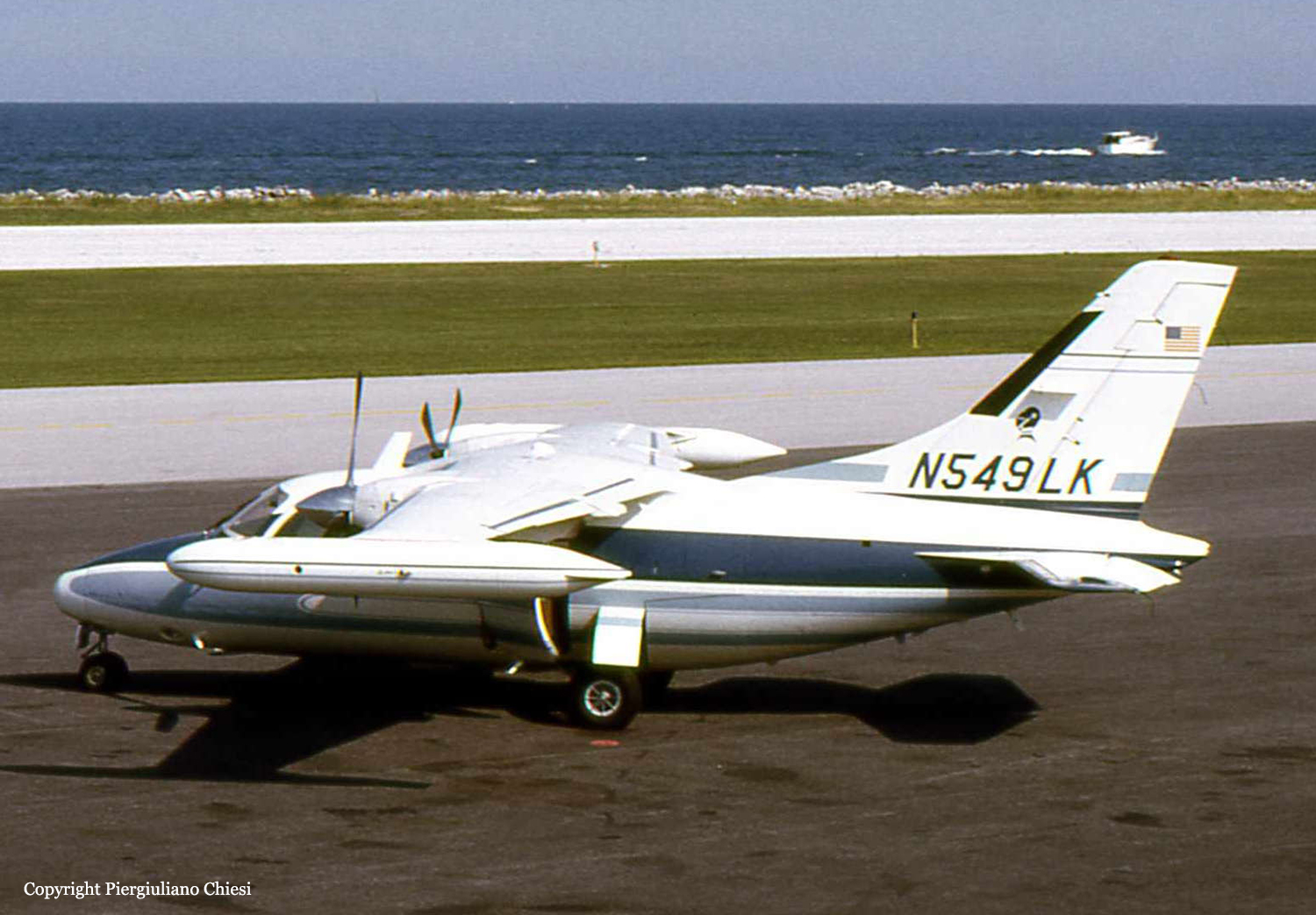Crash of a De Havilland U-6A Beaver at Fort Benning AFB: 2 killed
Date & Time:
Survivors:
No
Schedule:
Fort Benning - Fort Benning
Crew on board:
2
Crew fatalities:
Pax on board:
0
Pax fatalities:
Other fatalities:
Total fatalities:
2
Circumstances:
While completing a local training flight at Fort Benning AFB (Lawson AAF), the single engine aircraft crashed in unknown circumstances. Both crew members were killed.
Crew:
lward E. Crow,
PV2 Charles R. Grimsinger.
Crew:
lward E. Crow,
PV2 Charles R. Grimsinger.







